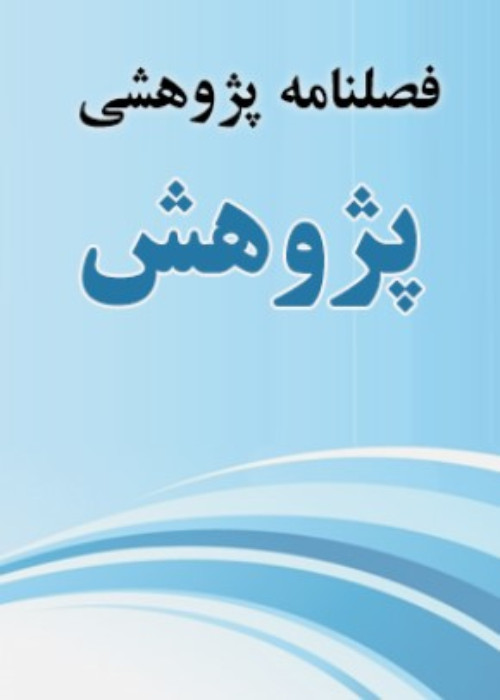Prevention of Social Harm and Risky Behaviors in Schools
Based on the available statistics and evidence, social damage and risky behaviors are the most important concern of schools and families. The spread of risk factors threatening the mental and social health of students has caused the protection of children and adolescents from social damage and risky behaviors to be among the most important priorities of children and adolescents' education. One of the most important educational matters in school is the investigation of high-risk behaviors that bring unfortunate consequences for the life, health, and psychological and social development of teenagers. The main consequences of these behaviors are as follows: mental illnesses such as depression (Goldstein, Walton, Cunningham, Trowbridge and Mayo, 2007), sexual diseases (Marcoise and Galben, 2004), low motivation and academic failure (Jennis, 2002) and attending Criminal groups. Drug use, violence and sexual behaviors are considered the cause of many deaths in adolescence and early adulthood (Linderberg, Boggs and Williams, 2000). The most basic factors in identifying adolescents prone to high-risk behaviors at the individual level are: those who are not aware of their abilities, those who have low self-esteem, those who are members of negative peer groups, and those who have poor school commitment. Other factors such as weak parent-child relationship, weak parental supervision (such as parents who do not know where their teenagers are) and lack of family support are also considered. Unfortunately, when parents engage in risky behaviors, teenagers also engage in risky behaviors. Researchers have found that with a poor school climate, poor socio-economic status, and the lack or weakness of social relationships, homeless children and adolescents are at a greater risk of having negative behaviors (Gazman and Bush, (2007). The results of internal and external research on Social damage and vulnerability show that the nature, type, intensity and method of committing deviance among students have become complicated and have increased. Family factors, such as the incomplete process of socialization in the family, weak family control, cold emotional relationships between family members, family breakdown. generation gap between children and parents, low economic and social base of the family, Decreased attachment to school, disbelief in official school norms, non-participation in school and peer group activities, ineffectiveness of school, mass media and family in socializing and controlling students, youth's spirit of curiosity, and identity ambiguity, the basis for their tendency to deviant behaviors Is. The evidence shows that promotional and cultural activities, along with educational and care activities, are among the most important strategies for preventing social harm at the school level of countries, which can promote public awareness and improve attitudes in the field of risk factors for children and adolescents and how Protect them. Preventing the causes and factors and occurrence of these injuries requires the planning of institutions related to children and adolescents in education. Compilation of the draft of the document on the prevention of social harm to students was perhaps formed with this sense of responsibility. One of the ways foreseen in this document is teaching the principles of life skills in school and by teachers. Most of the research indicates that knowledge of life skills and its training play an important role in preventing social harm.
- حق عضویت دریافتی صرف حمایت از نشریات عضو و نگهداری، تکمیل و توسعه مگیران میشود.
- پرداخت حق اشتراک و دانلود مقالات اجازه بازنشر آن در سایر رسانههای چاپی و دیجیتال را به کاربر نمیدهد.


